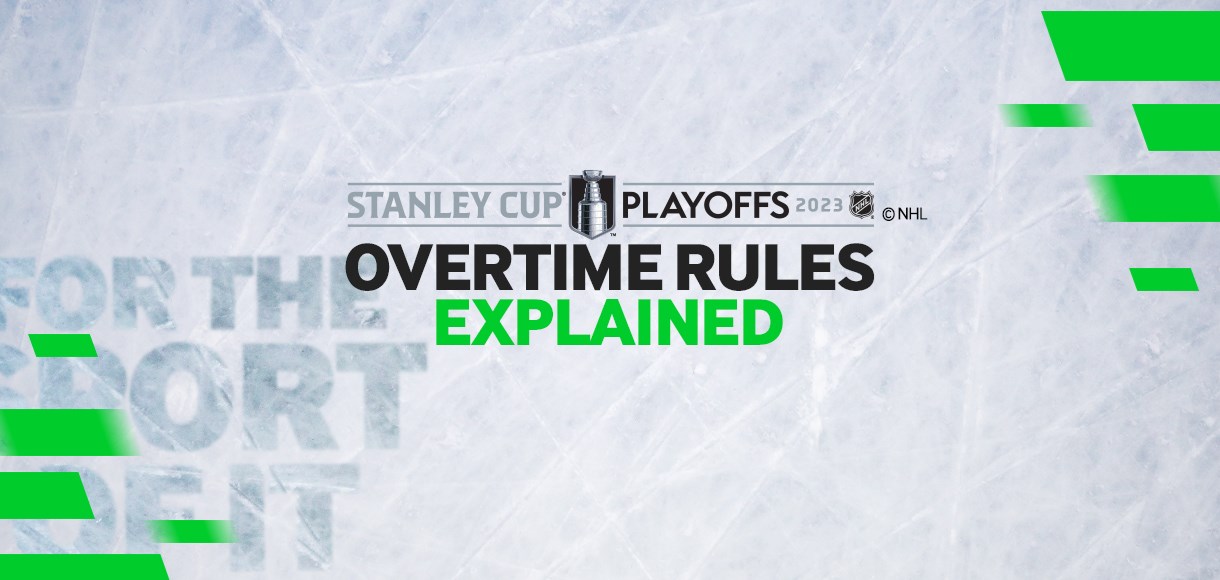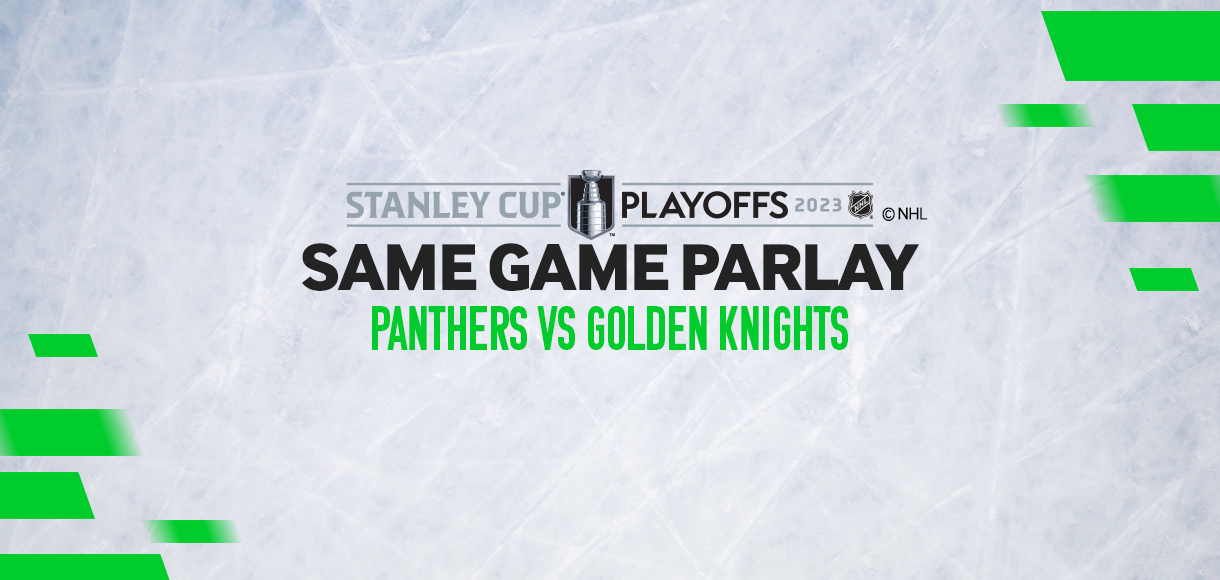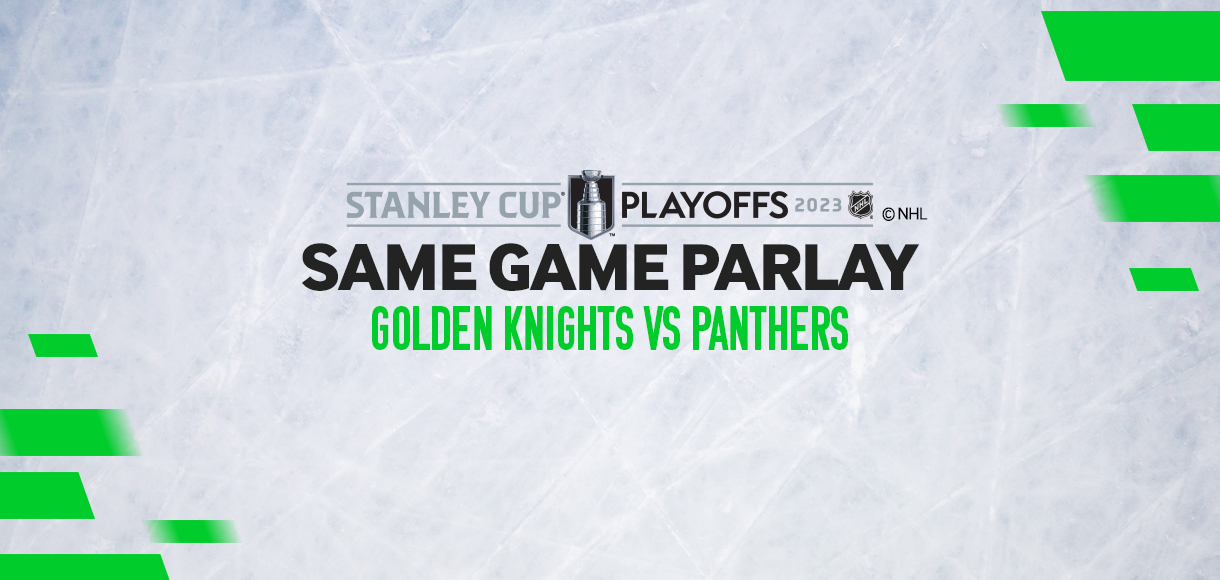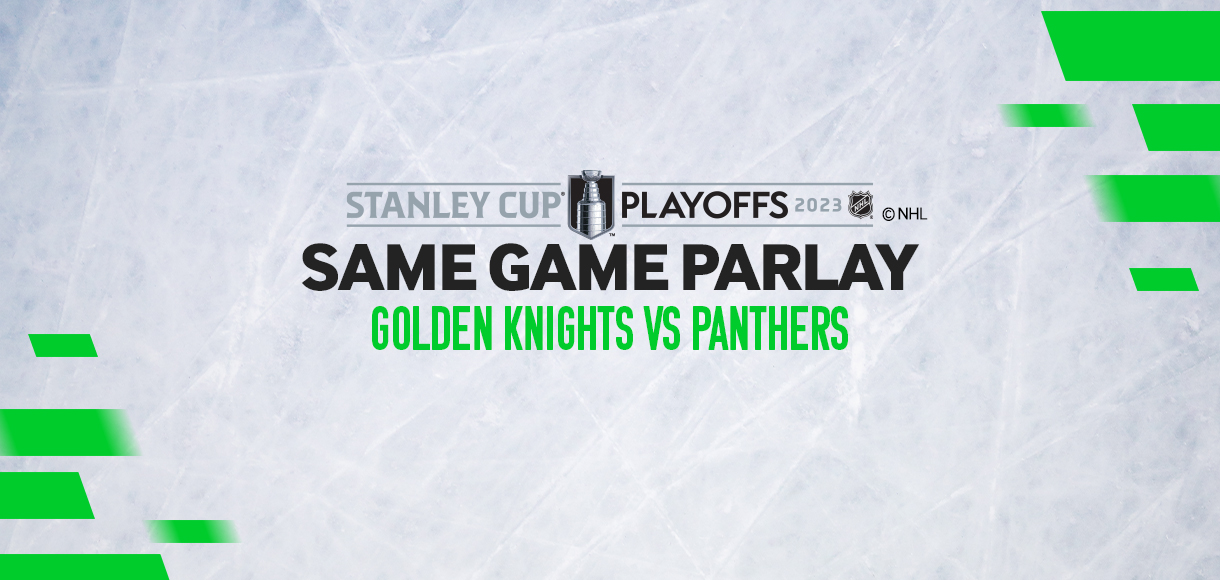NHL Playoffs rules 2023: How does overtime work in NHL?

Some of the greatest moments in NHL history have unfolded during a Stanley Cup playoffs overtime period. Here is a look at what makes overtime such a special part of the NHL’s postseason.
You don’t need a sports PhD to understand the NHL’s overtime rules during the Stanley Cup playoffs. Next goal wins – it’s as simple as that. Sudden-death overtime has been part of the NHL’s postseason for more than 100 years, although a scaled-down, five-minute version of it only became part of the regular season in 1983.
What makes sudden-death overtime so special is that it can be very short or, in many cases, very long. These extra stretches of hockey sometimes end in seconds, usually end in minutes, and, on rare occasions, end in hours.
Fourteen of the 50 first-round games in this year’s Stanley Cup playoffs ended in overtime. Two of those games needed more than just one 20-minute OT period to reach a conclusion. Every playoff year seems to include a series of multiple overtime games, some of which join an exclusive list of the longest games in NHL history.
The idea that 28 percent of first-round playoff games can’t be decided after 60 minutes would seem ridiculous in most other sports. Even in World Cup soccer, they play the full overtime and eventually turn to penalty kicks if needed. Playoff hockey, however, is old school. The game goes on until someone wins it under traditional rules.
NHL Overtime Rules History
The NHL began play in 1917-18, and that inaugural regular season actually included overtime. The first regular-season overtime game took place on Jan. 5, 1918, at Montreal, when the hometown Canadiens scored a 6-5 victory over the visiting Ottawa Senators. Hall of Famer Joe Malone got the winner for the Habs, scoring his historic goal seven minutes into the second overtime.
NHL overtime has seen changes over the years. Regular-season overtime was set up in 10-minute periods during that first NHL season, and, as in the playoffs, teams would play multiple overtimes until the game was decided. For the 1921-22 season, the NHL scaled back regular-season overtime to limit game lengths. Under the new rule, a maximum of two 10-minute overtime periods could be played before the game was declared a tie.
In 1927-28, the NHL decided to limit regular-season overtime to just one 10-minute period before declaring a tie. The following year, the NHL took away the sudden-death factor and chose to let the full 10 minutes of overtime take place as if it were a fourth period of the game.
Overtime (the full 10-minute fourth period) would remain a part of the NHL regular season until World War II broke out and it became necessary to shorten games so that players could make their scheduled trains. The NHL’s first year without regular-season overtime was 1942-43, and it would not return until the 1983-83 season, when the current five-minute sudden-death overtime period was introduced.
Stanley Cup playoff overtime also began as a 10-minute sudden-death period, and the first Stanley Cup Final OT took place on March 26, 1919. It was quite an event, as a scoreless game between the Canadiens and Seattle Metropolitans of the Pacific Coast Hockey Association went into two overtimes before being declared a non-event rather than a tie. Ironically, that same year’s Stanley Cup Final also ended without a winner when the Spanish Flu epidemic made it impossible to keep playing.
The first Stanley Cup Final game to end in actual sudden death was Game 2 of the 1922 series between the Toronto St. Patricks (now the Maple Leafs) and the PCHA’s Vancouver Millionaires. Hall of Famer Cecil “Babe” Dye scored the winner at 4:50 of OT to even the series at 1-1 and help the Leafs go on to win the best-of-5 showdown.
Prior to the 1947-48 season, the NHL increased the length of playoff overtime periods from 10 to 20 minutes, scheduling 10-minute breaks between each OT period. This has been the case ever since, although the break between OTs is now 15 minutes.
The only other tweaks made to overtime have occurred in the regular-season version, following the introduction of the five-minute sudden death period in 1983. Beginning in the 1999-00 season, regular-season overtime was played with only four skaters per team, instead of five. This opened up more ice and made for more exciting overtimes, but it also created the need to give losing teams an overtime-loss point in the standings.
Prior to the 2005-06 season, the NHL introduced shootouts as a way of ending regular-season games that remained tied after overtime. Ten years later, the NHL reduced each side to three skaters during these overtime sessions.
How Many Overtimes in NHL?
When it comes to the Stanley Cup playoffs, the number of overtimes needed to break a tie is unlimited. The NHL record for most overtime periods in one playoff game is six, which happened twice in the 1930s, but has not happened since then.
Game 1 of the 1935-36 Stanley Cup semifinals between the Detroit Red Wings and the Montreal Maroons is the longest game in NHL history at 176:30. That’s like watching a triple-header. The game remained scoreless for that entire time until Detroit got the winner.
The fifth and final game of the 1933 Stanley Cup semifinals between the Toronto Maple Leafs and Boston Bruins also went to a sixth overtime and is the second-longest game at 164:46. As was the case in 1936, it was a scoreless game before the winning goal
The most recent game to challenge the 1930s records was a 5OT thriller between the Philadelphia Flyers and Pittsburgh Penguins in Game 4 of the Eastern Conference semifinals on May 4, 2000, at Pittsburgh’s Mellon Arena. That game lasted 152:01 before the Flyers’ Keith Primeau ended it in the wee hours of the morning on May 5. A total of only three goals were scored in that game.
The longest overtime game in Stanley Cup Final history was a triple-OT matchup between the Boston Bruins and Edmonton Oilers in Game 1 of the Final on May 15, 1990. Edmonton’s Petr Klima, who recently passed away, won that game with just 4:47 remaining in the third overtime.
How Long is Overtime in Hockey?
During the regular season, NHL sudden-death overtime lasts a maximum of five minutes. If no goals are scored during that five-minute stretch, the teams decide the game in a shootout that features individual skaters going one-on-one against the goaltender.
During the playoffs, overtime lasts as long as it takes to decide a winner. An overtime period in the playoffs can last up to 20 minutes, just like a regular period, but it ends as soon as the first goal is scored. Some games require multiple overtimes before one of the teams manages to score.
Is NHL Overtime Sudden Death?
The sudden-death nature of NHL overtime sets it apart from most other sports. The fact that a game can end at any time adds to the excitement while also increasing the tension for NHL fans. Every play matters, as even the slightest mistake in overtime can lead to the winning goal. It’s not uncommon for an overtime goal to deflect into the net off a defenseman’s stick or skate, rather than being fired directly in by the shooter.
Of the four major professional team sports leagues in North America, the NHL is the only one that uses a true sudden-death format for breaking ties at the end of regulation play.
NHL Overtime Rules 2023
The NHL’s regular-season overtime is quite different from the playoff version. When the third period ends with the score tied, the teams play a five-minute sudden death overtime with only three skaters and a goaltender on the ice for each team. If no goals are scored during the overtime, a three-round shootout is held in which individual skaters take shots on opposing goaltenders. The team with the most goals after three rounds wins the shootout. Extra shootout rounds are added if the teams are still tied at the end of the third round.
NHL Playoffs Overtime Rules
The NHL’s playoff overtime rules have not changed since 1947. Each overtime period can last up to 20 minutes, and overtime periods will continue to be played until the first goal is scored.
Bet on NHL Odds at Betway
Find season long NHL odds on the Betway sportsbook. You'll find all the latest puck lines, totals, moneylines and parlays. Missed tip off? No problem, Betway also offers live betting. All your NHL betting needs are covered at our online sportsbook.
Visit Betway’s NHL picks page for picks and predictions throughout the season.
























